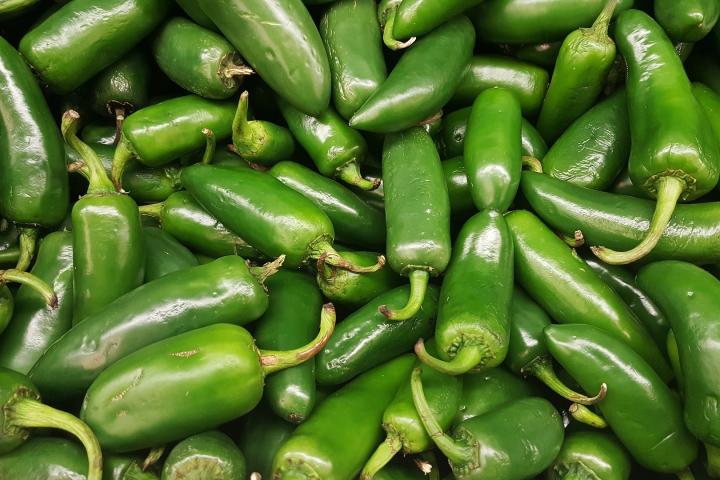
Caption
The more corking (tiny brown lines) on the jalapeño, the hotter it is!
Photo Credit
Pixabay
Botanical Name
Capsicum annuum
Plant Type
Sun Exposure
Soil pH
Bloom Time
Flower Color
No content available.
Subhead
Planting, Growing, and Harvesting Jalapeño Peppers
Recipes
Cooking Notes
- Be cautious when handling jalapeño peppers; wear gloves and don’t touch your eyes!
- The oil that gives hot peppers their kick is called capsaicin. It is most concentrated in the white membranes and seeds inside the fruit.
ADVERTISEMENT
Ben, you advocate misting for mites. How about liquid Sevin?










Comments